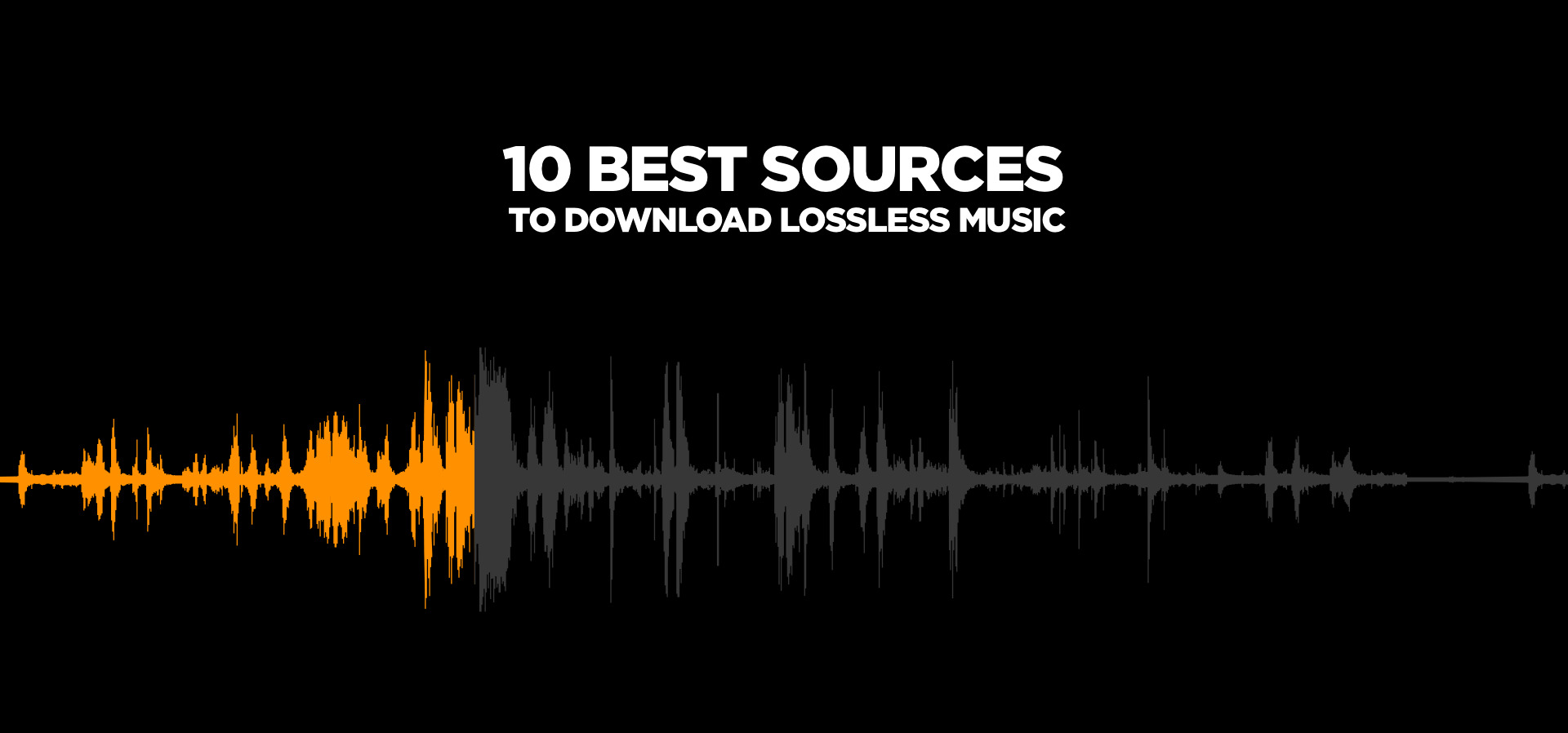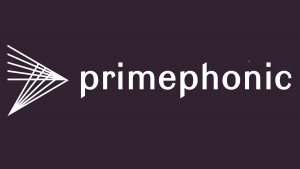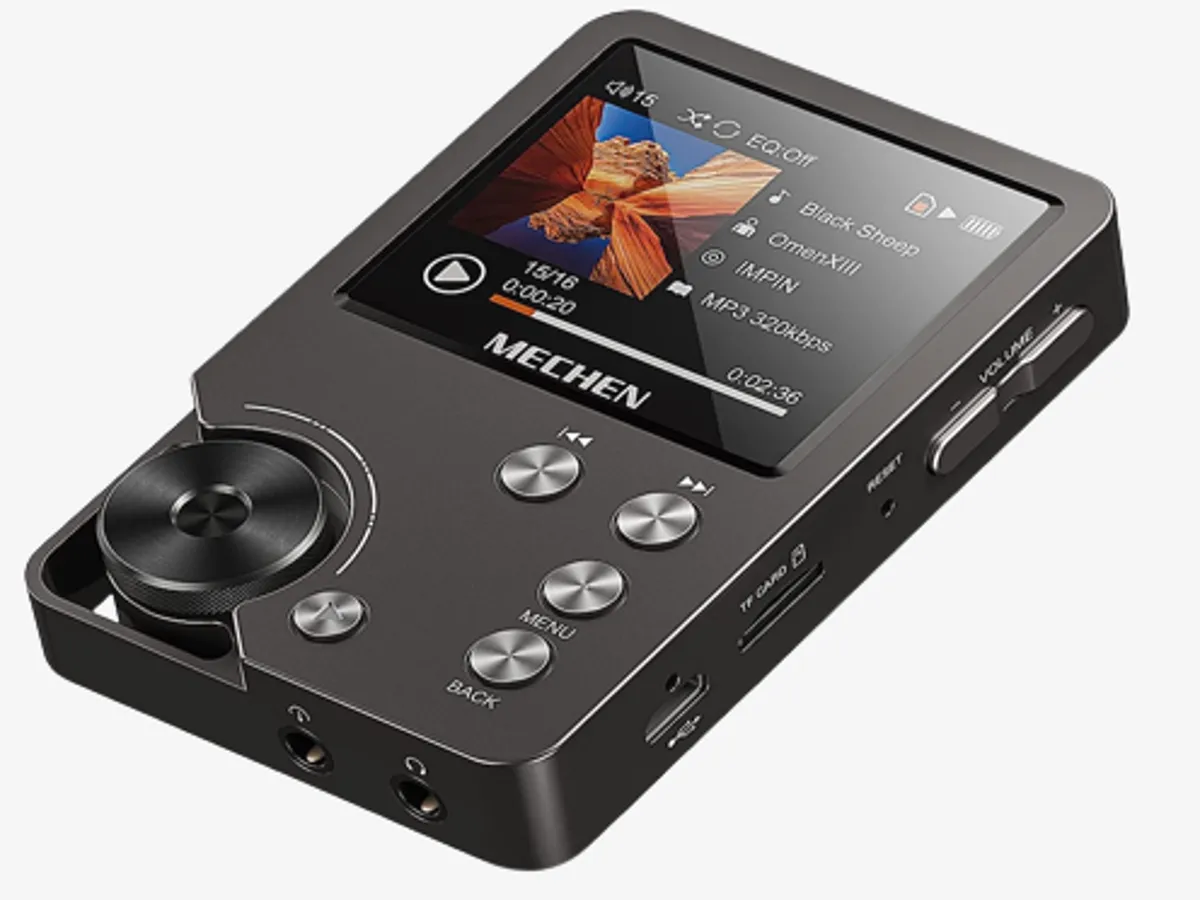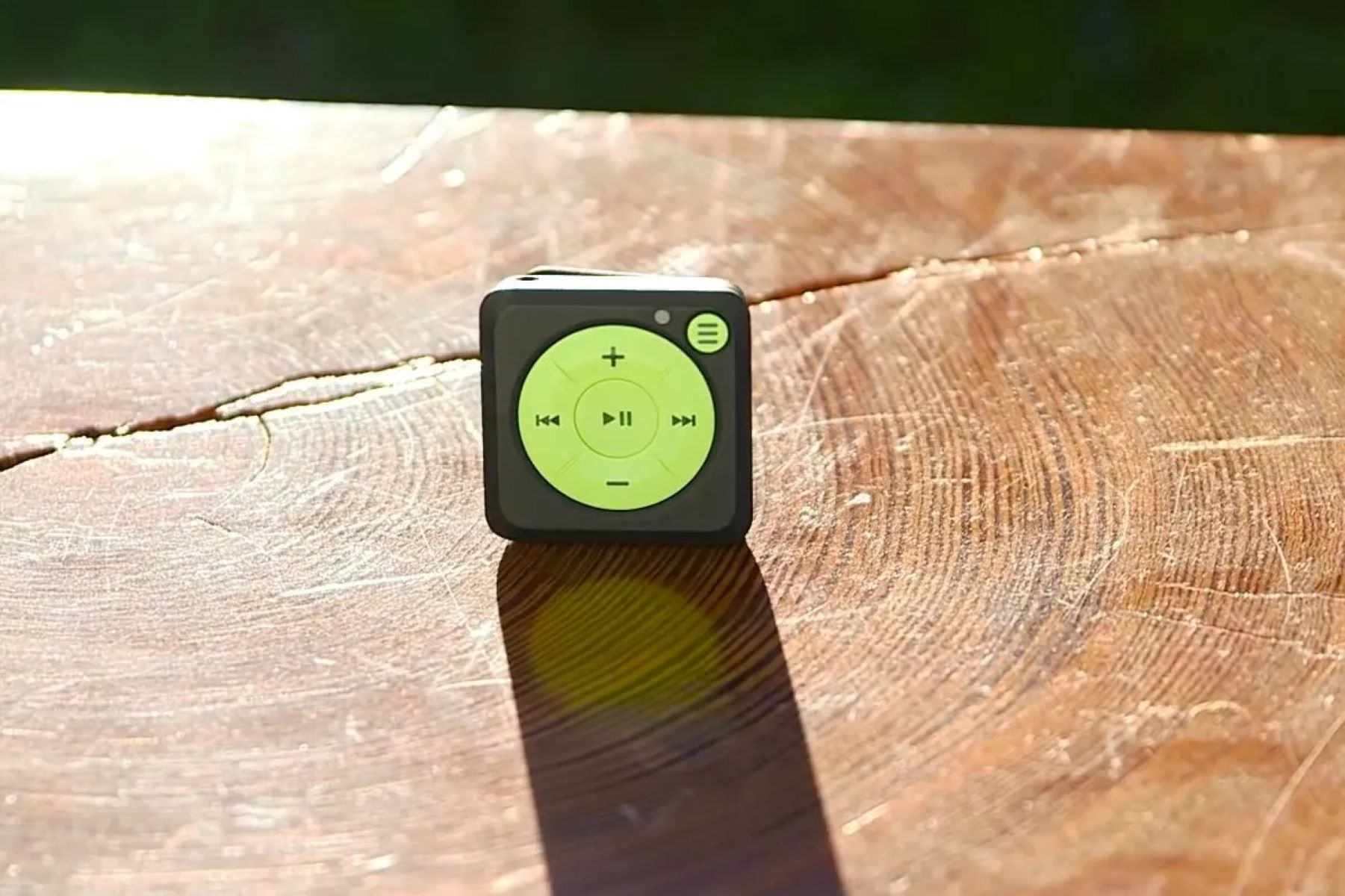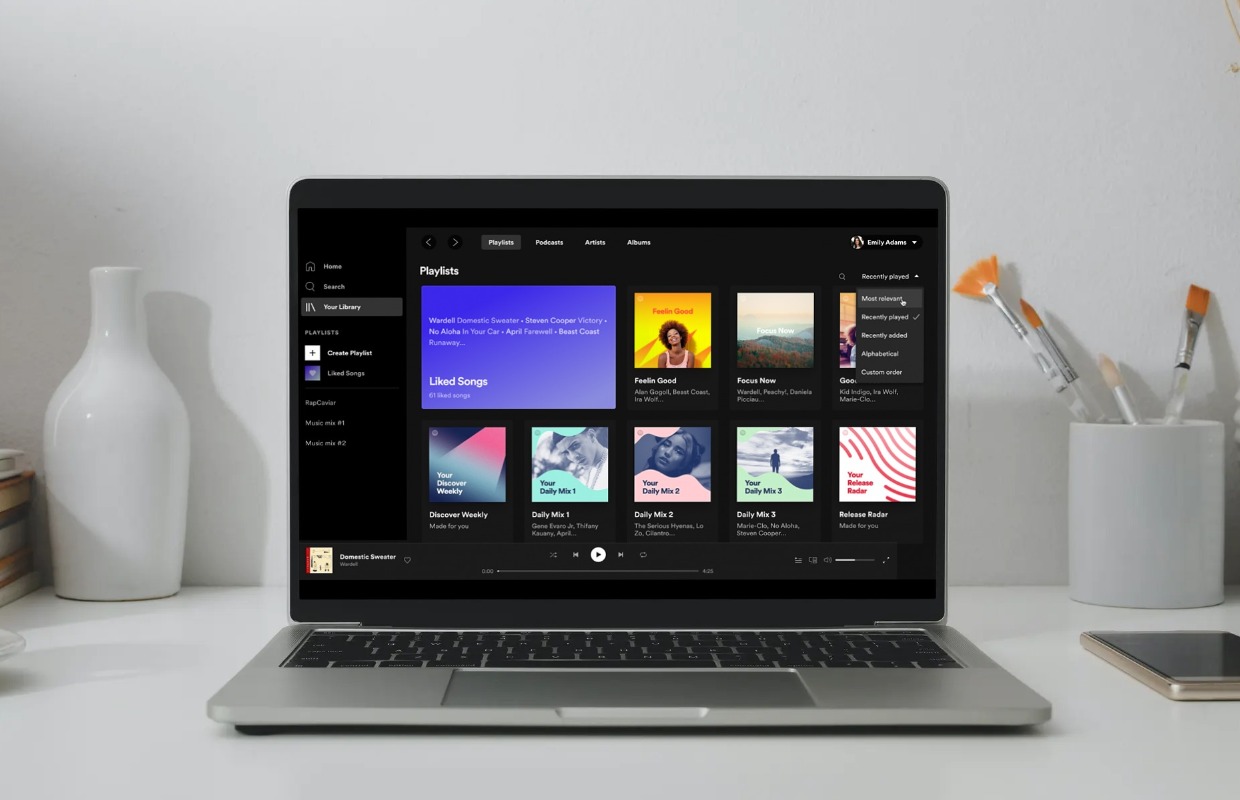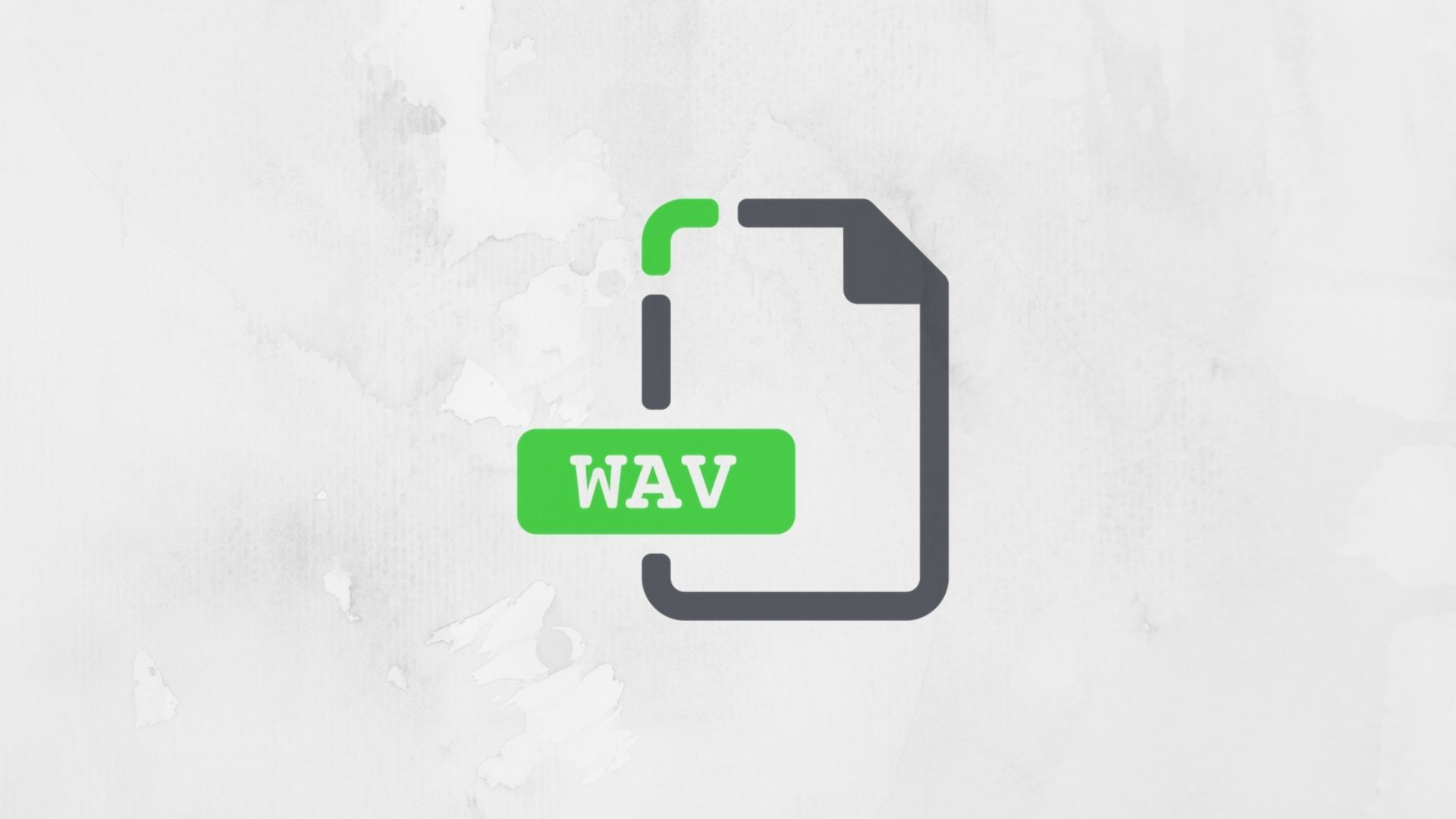Introduction
Are you an avid music lover who values the highest quality audio experience? If so, then you may have come across the term “lossless music.” In today’s digital age, where convenience and accessibility are paramount, many music enthusiasts are searching for ways to download lossless music.
Lossless music refers to audio files that retain the original quality of the recording, without any loss in fidelity or compression. Unlike compressed audio formats like MP3 or AAC, which sacrifice some audio information to reduce file size, lossless formats such as FLAC or ALAC preserve all the details, dynamics, and nuance of the original recording.
Why would anyone go through the trouble of downloading lossless music when there are countless streaming services and online stores offering convenient, compressed audio formats? The answer lies in the pursuit of an unparalleled listening experience. Lossless music allows listeners to fully immerse themselves in the artist’s intended soundscapes, capturing every instrument, note, and vocal range in its purest form.
Whether you’re a discerning audiophile or simply someone who appreciates clear and accurate sound, downloading lossless music can take your listening pleasure to new heights. But where can you find lossless music, and how can you download it? In this article, we will explore various sources and methods for acquiring lossless music, and provide guidance to help you make the most of your downloading experience.
What is Lossless Music?
Lossless music refers to audio recordings that are compressed without sacrificing any of the original audio data. Unlike compressed formats such as MP3 or AAC, which discard some audio information to reduce file size, lossless formats like FLAC (Free Lossless Audio Codec) or ALAC (Apple Lossless Audio Codec) preserve every detail of the original recording.
The goal of lossless music is to provide a listening experience that closely matches the sound quality of the original studio recording. By maintaining all the subtle nuances, dynamics, and depth of the music, lossless formats ensure that listeners can hear the music exactly as the artist and sound engineers intended.
Lossless audio files are typically larger in size compared to compressed formats. This is because they contain more data to capture the intricate details of the music. While an MP3 file might take up a few megabytes, a lossless file can easily occupy dozens or even hundreds of megabytes for the same song.
Although the larger file size may be a consideration for storage and bandwidth limitations, the benefits of lossless music are worth it for those who prioritize excellent sound quality. When listening to lossless music, you’ll notice the difference in clarity, depth, and overall fidelity compared to compressed audio formats. The music becomes more immersive, with greater dynamic range and a more accurate representation of the original performance.
It’s important to note that lossless music is not the same as high-resolution music, which refers to audio recordings with a higher sampling rate and bit depth than standard CD-quality audio. Lossless music can be high-resolution, but it can also include standard 16-bit/44.1kHz recordings. The key distinction is that lossless refers to the preservation of all original audio data, regardless of the resolution.
With the popularity of streaming services and the convenience of online stores, it is now easier than ever to access and enjoy lossless music. In the following sections, we will explore different sources and methods for finding and downloading lossless music to elevate your audio experience.
Why Download Lossless Music?
As an audio enthusiast, you might wonder why you should go through the effort of downloading lossless music when there are already countless options for streaming and downloading compressed audio formats. Here are some compelling reasons to consider:
1. Superior Sound Quality: The primary advantage of downloading lossless music is the superior sound quality it offers. Lossless formats preserve every detail of the original recording, providing a more accurate and immersive listening experience. You’ll notice enhanced clarity, depth, and dynamics that are often lost in compressed formats.
2. Authentic Listening Experience: Lossless music allows you to hear the music exactly as the artist and sound engineers intended. By maintaining the full fidelity of the recording, you can capture the subtleties, nuances, and emotion of the music, enhancing your connection with the artistry and performance.
3. Flexibility and Ownership: Downloading lossless music gives you the flexibility to listen to your favorite tracks offline, on any device or media player of your choice. You are not limited by streaming service availability or internet connectivity. Additionally, owning your music library ensures that you have access to it even if the streaming service or online store changes its offerings.
4. Archiving and Preservation: Lossless music is a valuable resource for archiving and preserving your favorite music. By downloading lossless files, you can create a personal archive of your most cherished recordings, ensuring their availability and longevity for years to come.
5. Audiophile Experience: If you are an audiophile or have invested in high-quality audio equipment, downloading lossless music is essential to fully appreciate the capabilities of your setup. Lossless music allows you to take full advantage of high-end headphones, speakers, or audio systems, revealing the full potential of your equipment.
6. Access to Rare and Niche Content: Online stores and streaming services may not always offer a vast selection of lossless music, especially when it comes to rare or niche content. By exploring different sources and downloading lossless music, you can access a broader range of musical genres, obscure recordings, or limited releases that may not be available elsewhere.
By downloading lossless music, you can elevate your audio experience to new heights, immersing yourself in the highest quality sound reproduction. Let’s explore the various sources and methods for finding and downloading lossless music in the following sections.
Finding Lossless Music
Now that you understand the benefits of downloading lossless music, the next step is to find reliable sources for acquiring these high-quality audio files. Here are some methods you can explore:
1. Online Music Stores: Many online music stores offer a wide selection of lossless music in various formats, including FLAC and ALAC. Popular stores like Bandcamp, HDtracks, and Qobuz specialize in high-resolution and lossless audio, allowing you to purchase and download music directly to your device.
2. Artist Websites: Many independent artists and bands offer their music directly on their websites. By visiting the artist’s official website or their Bandcamp page, you can often find lossless versions of their music available for purchase or download. This way, you can directly support the artist while enjoying uncompromised audio quality.
3. Specialized Forums and Communities: There are various online communities and forums dedicated to sharing lossless music. These platforms are often frequented by music enthusiasts who curate and upload high-quality albums and recordings. Websites like the Lossless Music Archives or specialized subreddits can be excellent sources for discovering and downloading lossless music.
4. Music Blogs and Review Websites: Many music blogs and review websites feature articles about new releases or reissues in lossless formats. These platforms often provide download links or recommendations for where to purchase lossless music. Following reputable music blogs and staying up to date with reviews can lead you to hidden gems and quality lossless recordings.
5. Local Record Stores: Although online sources are convenient, don’t overlook the charm and potential discoveries in your local record stores. Some physical stores offer dedicated sections or specialty sections for high-quality audio recordings, including lossless music. Take the time to explore and support local businesses that cater to audiophiles.
6. Streaming Services with Lossless Options: Some streaming services have started offering lossless audio options for subscribers. For example, Tidal offers a premium subscription that includes access to their HiFi streaming tier, which provides lossless, CD-quality audio. Although you may not be able to download the music directly, you can enjoy lossless streaming for a high-quality listening experience.
By exploring these different sources, you can discover a wealth of lossless music to expand your library and enhance your audio enjoyment. In the next sections, we will delve into various methods for downloading lossless music from online stores, torrent sites, and streaming services.
Downloading Lossless Music from Online Stores
One of the most reliable and convenient methods for acquiring lossless music is through online music stores. These platforms offer a wide selection of high-quality audio files in lossless formats such as FLAC or ALAC. Here are the steps to download lossless music from online stores:
1. Choose a Trustworthy Online Store: Start by selecting a reputable online music store that specializes in lossless or high-resolution audio. Some popular options include Bandcamp, HDtracks, Qobuz, and Bleep. Make sure the store offers a wide range of genres and artists that align with your musical preferences.
2. Browse and Explore: Once you’ve chosen an online store, explore its catalog and browse through different genres, artist recommendations, or featured releases. Use the store’s search function or navigation menus to find specific albums or tracks you are interested in acquiring in lossless format.
3. Check Format Compatibility: Before making a purchase, verify that the store offers the desired lossless format (e.g., FLAC or ALAC) and that it is compatible with your devices or media players. Different platforms may have different format options, so ensure that you choose the appropriate format for your needs.
4. Add to Cart and Checkout: Once you’ve found the music you want to download, add it to your shopping cart. Review your cart to confirm your selection and proceed to checkout. Follow the prompts and provide the necessary information, such as payment details and email address, to finalize the purchase.
5. Download the Lossless Files: After the purchase is complete, you will usually receive an email confirmation or a download link. Click on the provided link to access your purchased music. Depending on the store, you may have the option to download the full album or individual tracks. Select the desired files and save them to your preferred location on your device.
6. Transfer and Enjoy: Once the lossless music files are downloaded, you can transfer them to your preferred devices or media players. Connect your device to your computer via USB or use a cloud service to transfer the files wirelessly. Take advantage of high-quality headphones, speakers, or audio systems to fully enjoy the enhanced sound quality of the lossless music.
Downloading lossless music from online stores ensures that you get access to high-quality files directly from the source. It provides the convenience of offline listening while guaranteeing the authenticity and fidelity of the recordings. Remember to support artists and independent musicians by purchasing their music legally and ethically through these online platforms.
Downloading Lossless Music from Torrent Sites
Torrent sites have long been a popular source for downloading all types of digital content, including lossless music files. While it is important to note that downloading copyrighted material without permission is illegal in many countries, there are also legal and legitimate uses for torrent sites. Here are some steps to download lossless music from torrent sites:
1. Choose a Reliable Torrent Site: Start by selecting a reputable and well-known torrent site that has a good track record for providing quality uploads. Sites like The Pirate Bay, 1337x, and RARBG are some popular options. Make sure to read user reviews and check the site’s reputation before proceeding.
2. Search for Lossless Music: Once you are on the torrent site, use the search function to look for lossless music files in the format you prefer, such as FLAC or ALAC. You can search by artist, album, or specific keywords to find the desired music. Pay attention to the number of seeders and leechers, as a higher number of seeders indicates faster download speeds.
3. Check Comments and Ratings: Before downloading any torrent, it’s essential to check the comments and ratings associated with the torrent file. This can provide an indication of the file’s quality and reliability. Look for comments from trusted users who have downloaded the file to ensure it is authentic lossless music.
4. Download and Open the Torrent: Once you have chosen a suitable torrent, click on the magnet or download link to start the downloading process. The torrent file will open in your preferred torrent client, such as uTorrent or BitTorrent. Make sure you have a compatible torrent client installed on your device before proceeding.
5. Monitor the Download and Seed Ratio: After the torrent file starts downloading, keep an eye on the progress and verify that the file is downloading in the lossless format you desired (e.g., FLAC). Additionally, try to maintain a good seed ratio by leaving the file seeding after the download is complete. This helps others download the file faster and helps to ensure the longevity of the torrent ecosystem.
6. Verify and Enjoy: Once the download is complete, verify the quality and format of the downloaded file. Use a music player that supports lossless formats, such as Foobar2000 or VLC, to listen to the music and ensure it is indeed lossless. Take note of the artist, album, and any other metadata included with the file to keep your library organized.
Downloading lossless music from torrent sites can be a convenient way to access a wide range of music. However, it is essential to emphasize that downloading copyright-protected material without proper authorization is illegal. Always practice ethical and legal downloading habits, and consider supporting artists by purchasing their music through official channels when possible.
Downloading Lossless Music from Streaming Services
Streaming services have become a popular way to access and enjoy music, offering a vast library of songs at your fingertips. While most streaming services focus on delivering compressed audio formats, some platforms now offer lossless audio options for subscribers. Here’s how you can download lossless music from streaming services:
1. Choose a Streaming Service with Lossless Options: Start by selecting a streaming service that offers lossless audio options. Tidal is one example of a streaming service that provides a high-fidelity, lossless audio tier called Tidal HiFi. Look for platforms that offer CD-quality or higher-resolution formats to ensure the best possible sound quality.
2. Subscribe to the Lossless Audio Tier: Once you have chosen a streaming service with lossless options, subscribe to the appropriate tier that offers lossless audio. This usually requires a premium or enhanced subscription plan. Follow the instructions on the streaming service’s website or app to sign up and access the lossless audio features.
3. Select Music for Offline Listening: After subscribing, navigate to the streaming service’s app or website and explore the available music catalog. Create playlists or add albums and tracks to your library that you want to download for offline listening. Make sure the selected music is available for download in lossless format and compatible with your chosen streaming service.
4. Enable Download and Choose Quality: In the settings or preferences section of the streaming service’s app or website, enable the option to download music for offline listening. You may also have the option to choose the audio quality for downloads. Select the highest available quality, which should be lossless or CD-quality for the best audio experience.
5. Download and Store the Lossless Files: Once the download settings are configured, initiate the download process for your selected music. The streaming service will automatically download the lossless audio files to your device. These files are typically encrypted and can only be played within the streaming service’s app or player.
6. Enjoy Lossless Music Offline: Once the download is complete, you can enjoy your downloaded lossless music offline. Open the streaming service’s app or player and navigate to the downloaded music section. Play the songs or albums directly from the app, and experience the high-quality, lossless audio that brings out the full detail and richness of the recordings.
Downloading lossless music from streaming services offers a convenient way to access high-quality audio on the go. However, keep in mind that the downloaded files are encrypted and tied to the streaming service’s app or player, limiting their portability. It’s crucial to maintain an active subscription to the streaming service to access and play the downloaded lossless music.
Common Formats for Lossless Music
Lossless music comes in several formats, each with its own characteristics and compatibility. Here are some common formats used for lossless music:
1. FLAC (Free Lossless Audio Codec): FLAC is one of the most popular and widely supported lossless audio formats. It offers excellent compression without compromising audio quality. FLAC files are typically smaller in size compared to the original uncompressed recordings, while retaining all the audio data and fidelity.
2. ALAC (Apple Lossless Audio Codec): Developed by Apple, ALAC is the company’s proprietary lossless audio format. ALAC files are similar to FLAC in terms of quality and compression ratio, but are primarily used in Apple’s ecosystem. ALAC files are compatible with iTunes and can be played on Apple devices.
3. WAV (Waveform Audio File Format): WAV is an uncompressed audio format that preserves the original recording without any compression. WAV files offer a simple and straightforward representation of lossless audio, but tend to be larger in size compared to compressed formats. WAV files are widely supported and compatible with various audio players and devices.
4. AIFF (Audio Interchange File Format): AIFF is another uncompressed audio format commonly used for lossless music. Developed by Apple, AIFF files are similar to WAV in terms of quality and compatibility. AIFF files are often preferred by Mac users and are widely supported in the Apple ecosystem.
5. DSD (Direct Stream Digital): DSD is a high-resolution audio format that captures audio signals using a one-bit sampling method at an extremely high sampling rate. DSD files offer exceptional sound quality and are often used for audiophile recordings. However, DSD files tend to be much larger in size than other lossless formats, requiring specialized hardware and software support for playback.
6. WMA Lossless (Windows Media Audio Lossless): WMA Lossless is a lossless audio format developed by Microsoft. While not as widely supported as FLAC or ALAC, it is compatible with Windows Media Player and various Microsoft devices. WMA Lossless files provide compression without any loss in quality, offering a balance between file size and audio fidelity.
These are just a few of the common formats used for lossless music. The choice of format depends on various factors, such as compatibility with your devices and software, desired file size, and personal preference. It’s important to choose a format that suits your needs and ensures the preservation of the highest audio fidelity possible.
Important Considerations before Downloading
Before embarking on the journey of downloading lossless music, there are several important considerations to keep in mind. These factors can help ensure that you have a smooth and enjoyable experience while obtaining high-quality audio files. Here are some key considerations before downloading lossless music:
1. Legality: It is crucial to abide by copyright laws and only download and share lossless music from legal sources. Unauthorized downloading of copyrighted material is illegal in many countries and can result in legal consequences. Support artists and the music industry by obtaining music through legal means, such as purchasing from online stores or streaming from licensed services.
2. Storage Space: Lossless music files are larger in size compared to compressed formats. Before downloading, ensure that you have sufficient storage space on your devices or external storage devices to accommodate the sizeable lossless music library. Consider organizing and managing your files efficiently to maximize available memory and prevent clutter.
3. Bandwidth and Internet Speed: Downloading lossless music requires a reliable and fast internet connection. Lossless files can be several times larger than compressed formats, so a stable and high-speed internet connection is essential to ensure smooth and timely downloads. Verify that your internet service provider offers sufficient bandwidth to handle large downloads without interruption.
4. Playback Compatibility: Before downloading lossless music, check the compatibility of the chosen format with your preferred media players or devices. Ensure that the software and hardware you plan to use can support the lossless format you intend to download. Not all media players or devices support all lossless formats, so it is important to verify compatibility beforehand.
5. Metadata and Organization: Lossless music files often come with embedded metadata that contains information about the artist, album, track names, and other details. Take the time to verify and ensure that the metadata is accurate and complete. Properly organizing and tagging your lossless music library will make it easier to navigate and find specific songs or albums.
6. Quality of Source: When downloading lossless music, pay attention to the quality and reliability of the source. Choose reputable online stores, trustworthy torrent sites (where applicable and legal), or authorized streaming services with lossless options. By using reputable sources, you can ensure the authenticity and integrity of the lossless music files you download.
7. Backup and Redundancy: Lossless music files, like any other digital files, are susceptible to loss or corruption. It is essential to regularly back up your lossless music library to prevent any unfortunate data loss. Consider utilizing cloud storage or external hard drives as backup solutions to safeguard your collection and ensure you can enjoy your music for years to come.
By considering these factors before downloading lossless music, you can have a seamless and rewarding experience in building and maintaining your high-quality audio library. Mindful and responsible downloading practices ensure that you can enjoy your favorite music while respecting the rights of artists and industry professionals.
Conclusion
Downloading lossless music offers a way to appreciate music in its purest form, capturing every nuance and detail of the original recording. By opting for lossless formats like FLAC or ALAC, music enthusiasts can immerse themselves in a superior listening experience that truly showcases the artist’s talent and vision.
In this article, we explored the concept of lossless music and its benefits over compressed audio formats. We discussed various sources for finding lossless music, including online stores, torrent sites (legally and responsibly), and streaming services offering lossless options. Each method comes with its own considerations, from supporting the artist through legal purchases to ensuring reliable internet connections for smooth downloads.
We also touched upon the common formats used for lossless music, such as FLAC, ALAC, WAV, AIFF, DSD, and WMA Lossless. Understanding the compatibility and characteristics of each format can help you make informed choices when building your lossless music library.
Before embarking on the journey of downloading lossless music, it’s important to consider factors like legality, storage space, playback compatibility, and the quality of the source. Paying attention to these considerations ensures a smooth and enjoyable experience while safeguarding the rights of artists and respecting copyright laws.
Downloading lossless music can be a rewarding endeavor for audiophiles and music enthusiasts who seek the highest quality audio experience. By exploring diverse sources, downloading from reputable platforms, and adopting responsible downloading practices, you can build a collection that truly showcases the power and beauty of lossless music.
Remember, the key is to enjoy the music while respecting the efforts of artists and industry professionals. By doing so, we can create a harmonious ecosystem that supports creativity, innovation, and the preservation of outstanding musical experiences.







